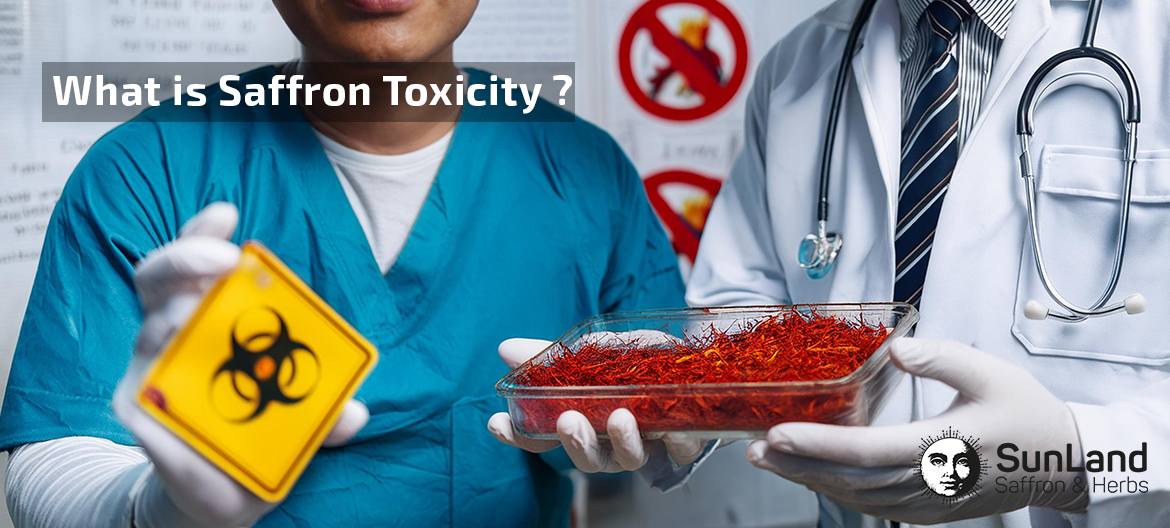26/07/2023
Use of ISO 3632 to Measure Saffron Quality
There are some common ways to measure the quality of saffron, but they are not practical for international trade. ISO 3632 clearly specifies the requirements and criteria for the saffron quality, applicable for both whole filament and powder form. We already covered the common ways to check the quality and purity of saffron in “Seven Easy Ways to Identify Real Saffron”. This time, we intend to provide a brief description of the ISO 3632 saffron quality requirements for international saffron trade and export.
How is saffron quality measured?
This ISO establishes a method to determine the color strength and color differences of saffron. Tests of other factors of saffron such as aroma and flavor are not addressed in this standard.
Part one of ISO 3632 consists of eight descriptive categories in saffron quality including:
1- Scope: This section specifies what ISO 3632 is about. The scope of this standard only covers the requirements of saffron whole filament as a loose, supple, elastic, and hygroscopic mass of filament or powder form.
2- Normative references: indicates the standards that constitute the provision of this part of ISO 3632. The currently valid international standards are:
- ISO 928:1980, Spice and condiments -determination of total ash
- ISO 930:1980, spice and condiments- determination of acid-insoluble ash
- ISO 941:1980, spice and condiments- determination of cold-water-soluble extract
- ISO 948:1980, spice and condiments-sampling
- ISO 3632-2:1993, Saffron, Test methods
3- Terms and Definitions: Includes a definition of stigma, style, stamen, saffron filaments, cut filaments, yellow filaments, floral waste, extraneous matter, and saffron powder.
4- Specification: Explores four categories of filaments on the basis of floral waste and extraneous matter contents. This section also explores flavor specification, freedom from molds, insects, etc., and chemical requirements.
5- Sampling: To further know the requirements of saffron sampling, we should refer to the details of ISO 948.
6- Preparation of test sample: This section specifies that the test sample should be prepared in accordance with ISO 3632-2:1993 clause 4, at a minimum of 10 grams weight. This part recommends carrying out the test as quickly as possible after the preparation of the sample.
7- Test methods: This section explains what physical and chemical analysis is required for filament or powder saffron samples. This table, taken from ISO 3632 specification, briefly explains the chemical requirements in filaments and powder form.
8- Packing and marking: This section explains that saffron should be packed in clean, rigid, water-tight containers. As for marking, different marking method instructions are required for filament and powder saffron.
This is the main frame of reference for saffron quality, however, there are some arguments regarding the effectiveness of the spectrophotometric method to assess the overall quality of saffron.
According to this standard, Iran produces Grade A and Grade B of saffron. To review the full text of ISO 3632 saffron quality, please click here.
What are ISO scientific tests or methods for measuring saffron quality?
There are several test methods and standards to inspect the different characteristics of herbs and spices, including:
- ISO 3632-2:2010: for saffron (Crocus Sativus) quality and specification
- ASTA 2.0- Moisture (distillation method)
- ASTA 3.0 -Total Ash (on a dry basis)
- ASTA 4.0 – Acid insoluble ash
- ASTA 5.2 -Steam volatile oil in spices
- ASSTA 60 – Water activity
- ASTA 7.0 -Crude fiber (on a dry basis)
- ASTA 14.1 – Extraneous matter in spices (excluding pepper)
- Total nitrogen % (on a dry basis)
- Solubility in cold water (on a dry basis)
- ISIRI 259-1 & ISIRI 259-2
- …
Saffron adulteration normally occurs by fraudulent actors in saffron market and there are different laboratory techniques to detect them. Among those laboratory techniques there are Spectrophotometric analysis, electronic nose system, gas chromatography-mass spectrometry (GC-MS), and microscopic study of samples. We encourage to learn more about these laboratory detection methods in another blog post: “How to Detect Saffron Adulteration?”
SunLand performs the general laboratory tests to make sure about the purity and quality of the products, according to ISO 3632 and supplement test methods and standards. Our laboratory tests results in various information including:
- 1- Saffron physical analysis
- 2- Saffron chemical analysis
- 3- Saffron microbiological analysis
- 4- Saffron heavy metal tests
- 5- Additional tests (upon customer requests)
- 6-Etc.
Which is the No 1 quality saffron in the world?
Currently, Iran produces the best saffron in the world, for many reasons, including access to suitable climate, soil, farmer knowledge, etc. Spain, Greece, India, Pakistan, and Morocco come after Iran as the major saffron producing countries.
SunLand Laboratory tests:
“What Information Do We Get from Saffron Laboratory Tests?” Clearly explains the list of information that suppliers are supposed to receive after conducting laboratory test. SunLand, normally conducts all regular tests to ensure customers and traders about the quality of the saffron products.









